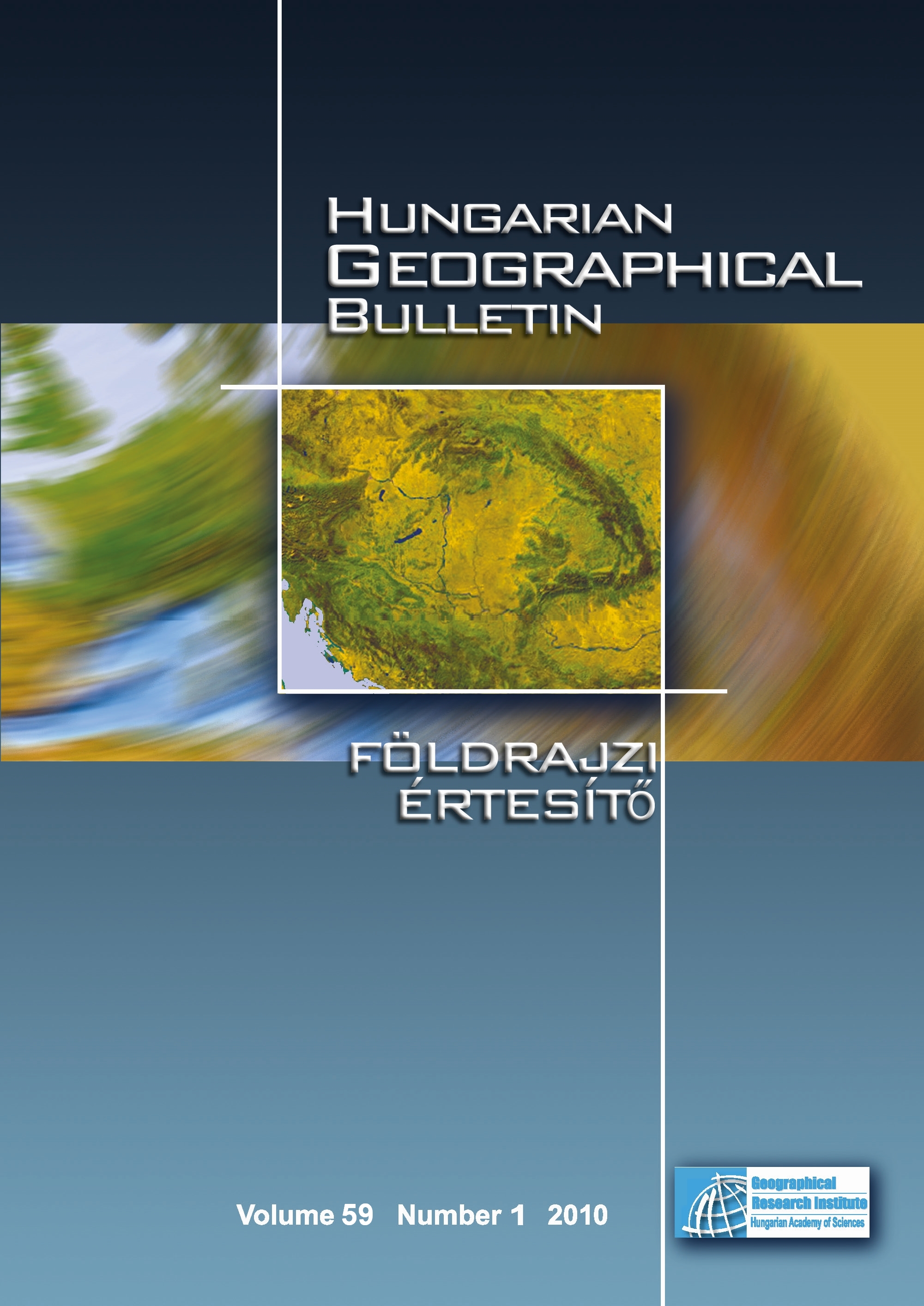Dynamics of organic carbon and dissolved iron in relation to landscape diversity
Abstract
Spatial diversity of landscapes results in spatial and temporal heterogeneity of soil physical and soil chemical parameters. These diversities of pH and EH may cause spatial and temporal differences of dissolved macro- and microelements between ecotopes. The present paper focuses on the relationship between vegetation induced landscape patterns and the spatial and temporal diversities of soil physical and chemical parameters. We supposed that the higher plants induced soil chemical differences generate concentration gradients between ecotopes. This study primarily deals with organic carbon and iron turnover in a headwater wetland.
The study area is divided into six distinct patches (ecotopes). Measurements have been taken in the core parts of ecotopes (patches) and along their boundaries. There have been measured individual seasonal dynamics of pH and of EH. The increasing physiological activity of higher plants caused specific EH. It leads to higher spatial differences of redox conditions between April and August. The most reductive conditions were measured in sedgy patches, while higher EH prevail in horsetail and nettle dominated ecotopes. DOC concentrations have also shown similar pattern as the EH. More reductive conditions have been correlated with higher DOC content. Under EH<25 mV there is a direct correlation between the amount of dissolved iron and the redox conditions. The differences of EH may induce concentration gradients between ecotopes and a potential for horizontal DOC and dissolved iron turnover. Quantifi cation of these turnovers by diff usion is nearly beyond possibility due to the labyrinth effect. Although we could not determine the extent of diffusion, thus to estimate the intensity of elements movement along concentration gradients between two spatial units, we introduced a new indicator called “boundary permanence index (BI)”. Results of 300 days long measurement suggest that the intensity of horizontal turnover mainly depends on the shape of the spatial units (length of boundaries) and on the dissimilarities between dominant herbaceous plants.
Copyright (c) 2010 Zoltán Szalai, Gergely Jakab, Tibor Németh, Péter Sipos, Erzsébet Mészáros, Mária Di Gléria, Balázs Madarász, Imre Varga, Kata Horváth-Szabó

This work is licensed under a Creative Commons Attribution-NonCommercial-NoDerivatives 4.0 International License.






